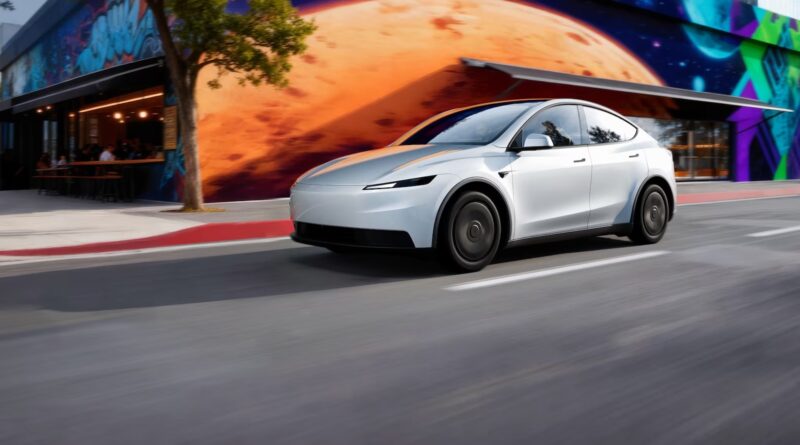Tesla has unveiled the new Model 3 Standard and Model Y Standard, generating significant discussion among electric vehicle enthusiasts and potential buyers. While these models offer impressive advancements in range, their pricing has left many disappointed, particularly those hoping for a more affordable entry point into Tesla ownership.
Range Improvements Highlighted
One notable aspect of the new Tesla models is the substantial increase in electric vehicle range. The new Model 3 Standard boasts a range of 321 miles, a significant improvement over the 240 miles offered by the previous Model 3 Standard Range Plus, which was released in August 2019. This enhancement is particularly striking given that it comes despite rising inflation and the increased costs of various components in the automotive market.
The advancements in battery technology have played a crucial role in this development. Tesla has managed to reduce battery costs while improving efficiency, allowing them to provide longer ranges at similar price points. This trend reflects broader advancements in the electric vehicle industry, where manufacturers are continually working to enhance performance metrics while managing costs.
Price Concerns Emerge
Despite the positive developments in range, the prices of the new models have raised eyebrows. The base prices for the Model 3 Standard and Model Y Standard are set at $37,000 and $40,000, respectively. Many anticipated a lower entry price, with some speculating about the potential for a $25,000 Tesla. Although the company did not confirm any plans for such a model, hopes remained high that a more affordable offering would materialize.
The current pricing structure has sparked concerns about Tesla’s ability to capture a wider market segment. With the $7,500 federal tax credit now unavailable, the new models are positioned at prices that are comparable to those of the older Model 3 and Model Y, which were available at lower costs just a few weeks ago. Critics argue that this pricing strategy may alienate potential buyers seeking more affordable options in the electric vehicle market.
Furthermore, the availability of numerous used Teslas on the market at lower prices complicates the situation. Buyers can often find models that offer better features for a similar price, raising questions about the attractiveness of the new Standard models.
As the electric vehicle landscape continues to evolve, it remains to be seen how Tesla’s latest offerings will impact sales. With a committed fan base and a significant presence in the market, Tesla must navigate these challenges carefully to maintain its position as a leader in the electric vehicle sector. The outcome of the fourth-quarter sales figures will be particularly telling, as the company seeks to address the mixed reception of its latest vehicle releases.
